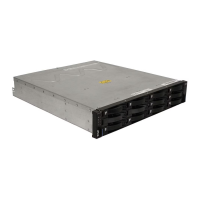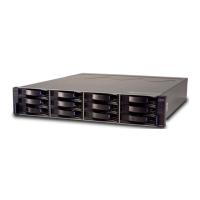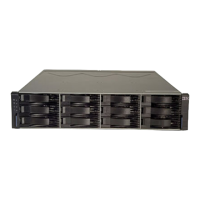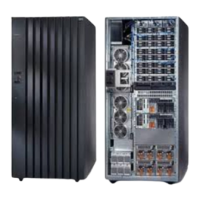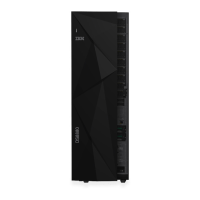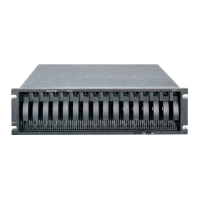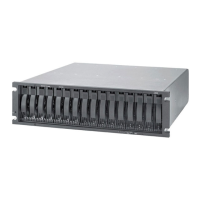Microsoft Cluster configuration with DS3500.fm Draft Document for Review March 28, 2011 12:24 pm
572 IBM System Storage DS3500: Introduction and Implementation Guide
19.1 Overview of a failover cluster
A failover cluster is a group of independent servers, or nodes, that are physically connected
by a local-area network (LAN) or a wide-area network (WAN) and that are connected by
cluster software. The group of nodes is managed as a single system and shares a common
namespace. The group usually includes multiple network connections and data storage
connected to the nodes via storage area networks (SANs). The failover cluster operates by
moving resources between nodes to provide service if system components fail.
Normally, if a server that is running a particular application crashes, the application will be
unavailable until the server is fixed. Failover clustering addresses this situation by detecting
hardware or software faults and immediately restarting the application on another node
without requiring administrative intervention, a process known as failover. Users can continue
to access the service and may be completely unaware that it is now being provided from a
different server
Servers in a failover cluster can function in a variety of roles, including the roles of file server,
print server, mail server, or database server, and they can provide high availability for a
variety of other services and applications. This guide describes how to configure a two-node
file server cluster.
A failover cluster usually includes a storage unit that is physically connected to all the servers
in the cluster, although any given volume in the storage is only accessed by one server at a
time. The Figure 19-1 shows a two-node failover cluster connected to a storage unit
Figure 19-1 Failover Clustering
19.1.1 Hardware requirements for a two-node failover cluster
You will need the following hardware for a two-node failover cluster:
1. Servers with minimum two network adapters: We recommend that you use a set of
matching computers that contain the same or similar components. In our example, we
used two IBM Blade Server HS22 connected via two fibre channel switches to DS3500
storage subsystem.
2. Device controllers or appropriate adapters for the storage: Using Serial Attached
SCSI, iSCSI or Fibre Channel, in all clustered servers, all components of the storage stack

